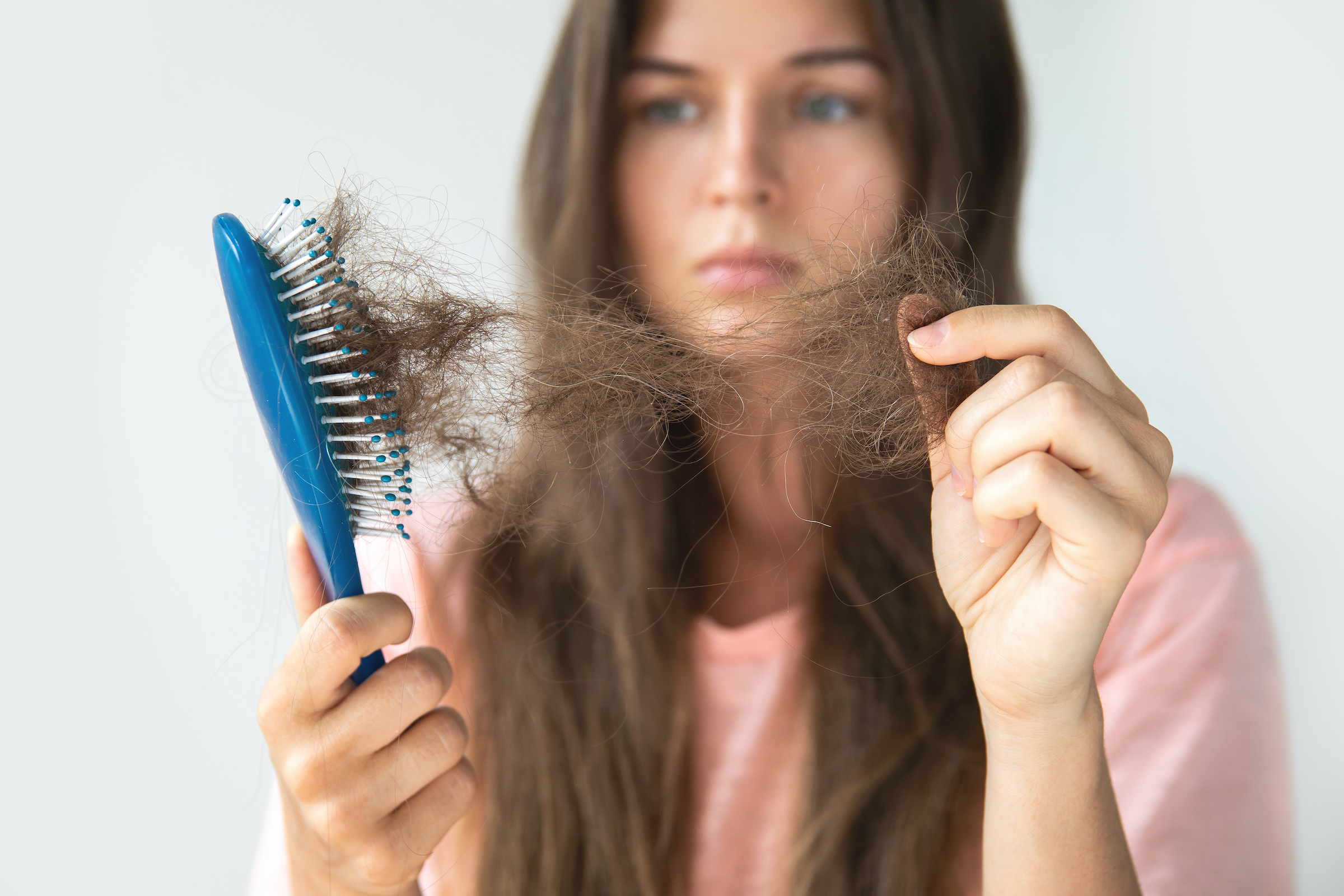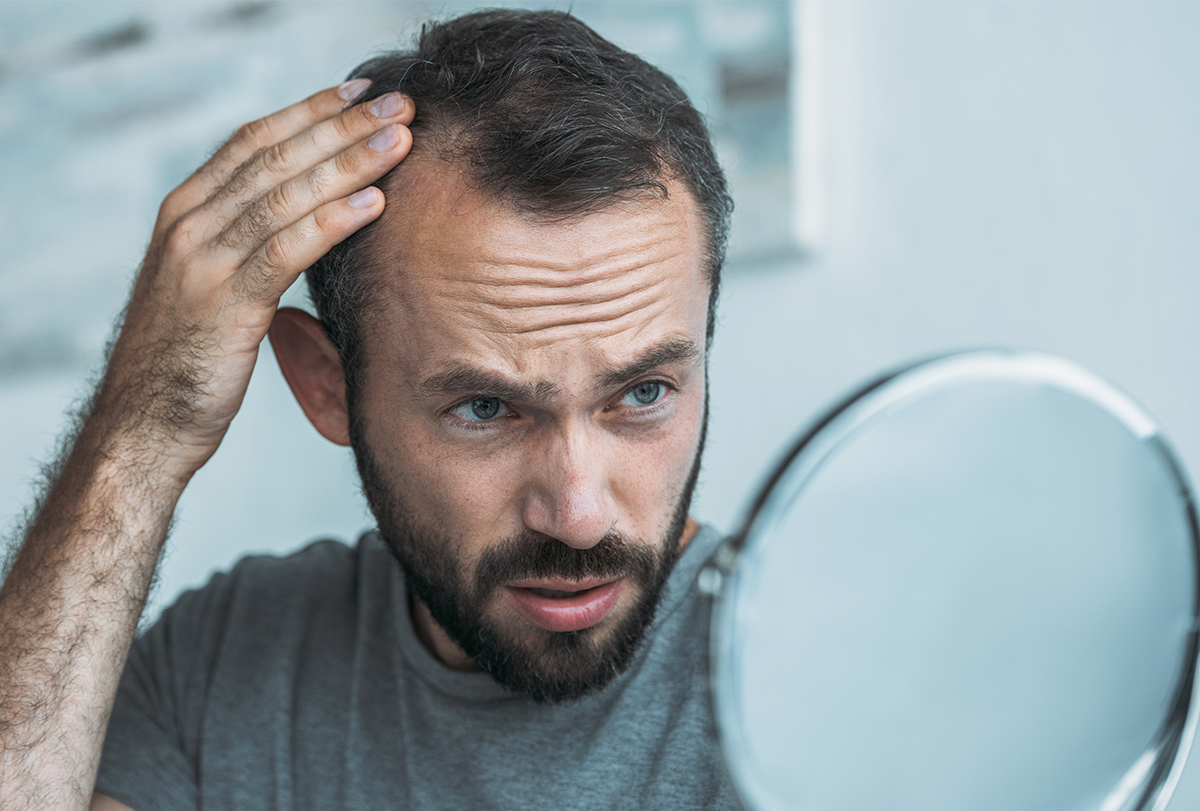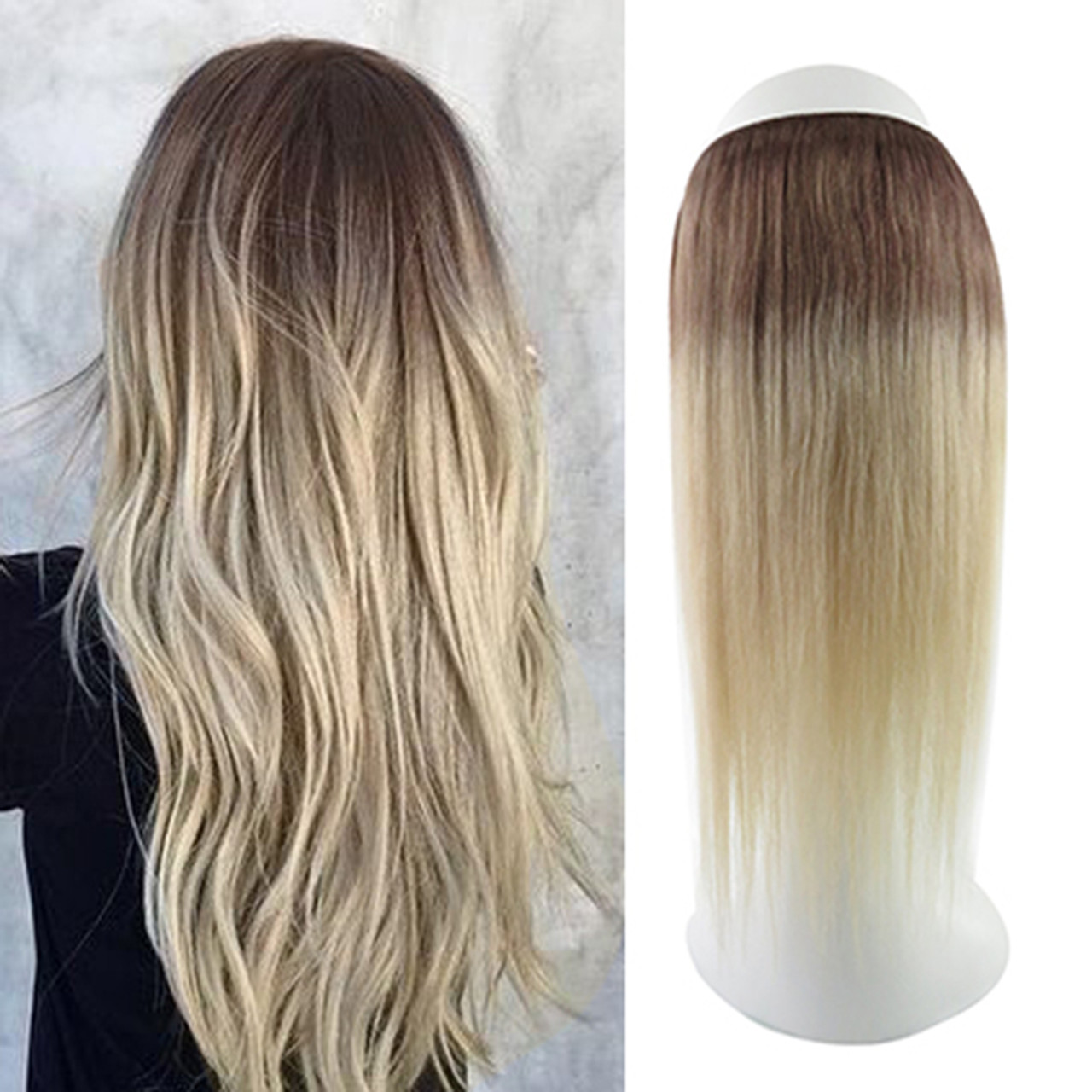Table Of Content

Hormonal shifts may also explain why women who suffer from polycystic ovarian syndrome (PCOS) often experience female pattern hair loss at younger ages. Women with PCOS experience an overproduction of androgens — male hormones, such as testosterone. The good news is that regrowth is possible for many types of hair loss. But it's a good idea to see a healthcare provider to get a diagnosis first—because the earlier treatment starts, the more likely you'll experience noticeable improvement.
Renee Furterer Triphasic Progressive Serum
It can be helpful to keep a hair diary to track any changes you notice or symptoms you experience and to look for patterns. With so much uncertainty, it can be helpful to see a board-certified dermatologist who can evaluate your situation and recommend a course of action. Sometimes your dermatologist will need to remove a few hairs or perform a biopsy of the bald area.
How to apply hair growth serums

Here’s how a dermatologist determines the cause and what treatment may involve. Hair transplants are usually more successful than OTC products. But if you have widespread thinning or baldness or if your hair loss is due to chemo or medications, transplants will not be as effective.
Mayo Clinic Press
Underlying conditions, like anemia (iron deficiency) and hypothyroidism (an underproduction of thyroid hormones) can also trigger the disorder. “The most common treatment for telogen effluvium is removing the trigger if it can be identified—and also time,” Dr. Lo Sicco says. A 2020 study tracked 79 women taking spironolactone daily (doses ranged from 25–200 mg) for a minimum of 6 months.
The procedure involves only minimal discomfort for most people and takes about 10 minutes. Some types of hair loss happen when your immune system attacks your body’s natural processes. You can also ask your doctor about oral minoxidil as a treatment for androgenetic alopecia. Hair loss in women is natural part of the aging process, with most women experiencing hair loss after menopause. More than half of women ages 65 and older will experience some degree of hair loss.
There’s no outright way you can “prevent” balding, but there are steps you can take to halt any further loss of hair on your scalp. If you have alopecia, you can help hold onto your tresses by avoiding behaviors that are known to contribute to temporary and permanent hair loss, Mirmirani says. Dozens of over-the-counter supplements and products purport to reverse hair loss, making it tough for patients to know which ones work and which don’t. Generally speaking, the sooner you start treatment, the more options you have and the better your results, dermatologists say. “As soon as you notice hair loss is happening, you should come in,” says Lauren Eckert Ploch, a dermatologist in Aiken, South Carolina. Hair supplements like Viviscal or Nutrafol have shown success in stimulating hair growth.
The 10 Best Shampoos for Thinning Hair of 2024, Tested by Real People - PEOPLE
The 10 Best Shampoos for Thinning Hair of 2024, Tested by Real People.
Posted: Wed, 17 Apr 2024 07:00:00 GMT [source]
A 2003 study in mice showed positive effects on hair follicles, but no studies have been done in humans. For those experiencing hair loss, Roman offers a prescription topical spray treatment that combines minoxidil, finasteride, and tretinoin. This 3-in-1 treatment can easily be sprayed onto the affected area of your scalp. Rogaine is available over the counter as a liquid or foam in Men’s Rogaine and Women’s Rogaine formulas. You apply it to your scalp twice per day to help encourage hair growth and prevent hair loss.
In one 2011 study, researchers divided 78 people into two groups. Spironolactone oral tablet may interact with other medications and supplements, including vitamins and herbs. If you’d like to try this medication for hair loss, a doctor or pharmacist can offer more guidance on whether it could work for you.
The role of vitamins and minerals in hair health: Essential nutrients for strong and healthy hair
Regrowth can be slow, and some people do not see the regrowth they expect. It’s important to know that no one treatment works for everyone — and treatment is not always recommended. You may also need a blood test to look for thyroid disease and check if you have healthy levels of iron and vitamins. To get a closer look, your dermatologist may use a tool called a dermatoscope. This tool magnifies, giving your dermatologist a better view of what’s happening. Some research connects excess intake of vitamin A or selenium with an increased risks for hair loss.
He or she may refer you to a doctor who specializes in the treatment of skin problems (dermatologist). The most important step is to test your serum before using it for the first time. “Apply the serum to a small spot on the scalp for a few days to ensure that there is no irritation before applying it more broadly,” says Dr. Mirmirani. “A measured approach is best.” To that end, get comfortable with the fact that you’ll need to be both consistent and patient in your usage, as the results can take time.
Topical minoxidil “is applied directly to the scalp and works by increasing blood flow to the hair follicles, promoting hair growth and thickening existing hair,” she says. If you have hair loss, you’re growing fewer strands of hair than you’re losing. But there are several treatment options available for hair loss.
Tinea capitis, also called ringworm of the scalp, is a fungal infection that can affect the scalp and hair shaft. Over time, if not treated early, the size of the patch or patches will increase and fill with pus. Telogen effluvium is a type of sudden hair loss that results from emotional or physical shock, like a traumatic event, period of extreme stress, or a serious illness. This usually happens because of radiation treatment or chemotherapy.
Other studies have shown that using microneedling along with another treatment, including platelet-rich plasma or a corticosteroid that you apply to the thinning area, helps improve hair growth. At-home treatments offer convenience, and you can buy many of them without a prescription. Because studies show that the following can help, your dermatologist may include one (or more) in your at-home treatment plan. Some hairstyles and hair care habits can damage hair, leading to hair loss. If your dermatologist finds that this may be causing your hair loss, your dermatologist can recommend changes that will help you stop damaging your hair. Effective treatment for hair loss begins with finding the cause.
If your hair is thinning due to other reasons, you may be able to try topical products, such as shampoos and even prescription medications. Thinning hair can grow back depending on what caused it to thin in the first place. People who experience thinning hair due to nutrient deficiencies, stress, pregnancy, and other nongenetic reasons could experience regrowth. Spironolactone (Aldactone) is sometimes prescribed for people who have thinning hair related to aldosterone production (hyperaldosteronism). While technically a diuretic or “water pill,” that may be prescribed for high blood pressure or edema, Aldactone is an anti-androgen, too. While research suggests there are health benefits, the FDA doesn’t monitor or regulate the purity or quality of essential oils.
Medications that help balance hormone levels are where it’s at for these conditions. In the case of PCOS, this might involve birth control pills to regulate your menstrual cycle and lessen the impact androgens can have on your hair follicles. “Anti-androgen medications, such as spironolactone, may also be prescribed to counteract the effects of excess androgens,” Dr. Mitchell says. Friction-induced folliculitis might require nothing more than laying off the hairstyling practice that triggered it until you’re fully healed. And no matter the underlying cause, “corticosteroids may be recommended to alleviate inflammation in more severe cases,” Dr. Mitchell says.

No comments:
Post a Comment